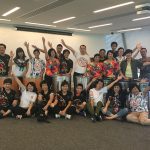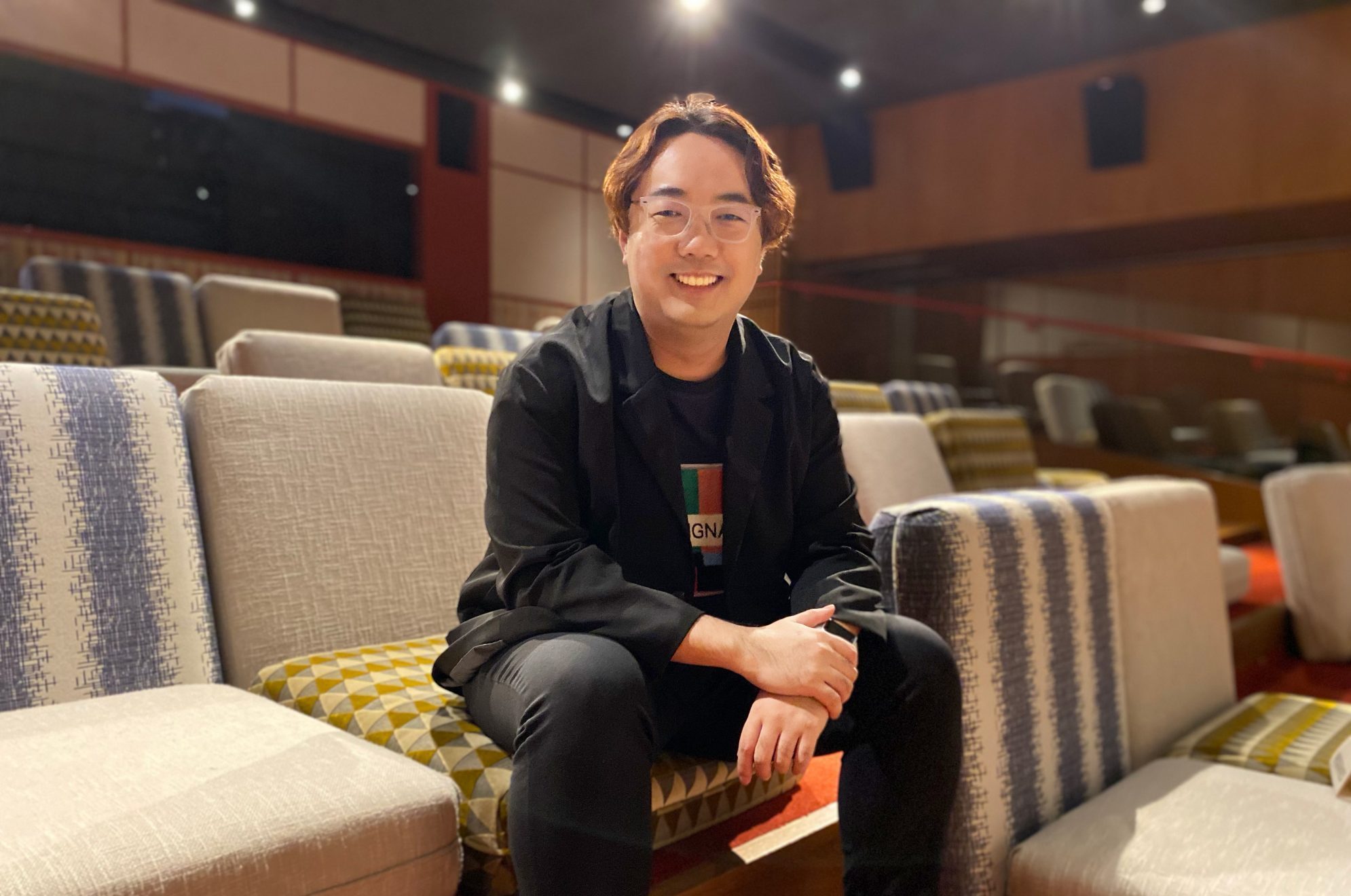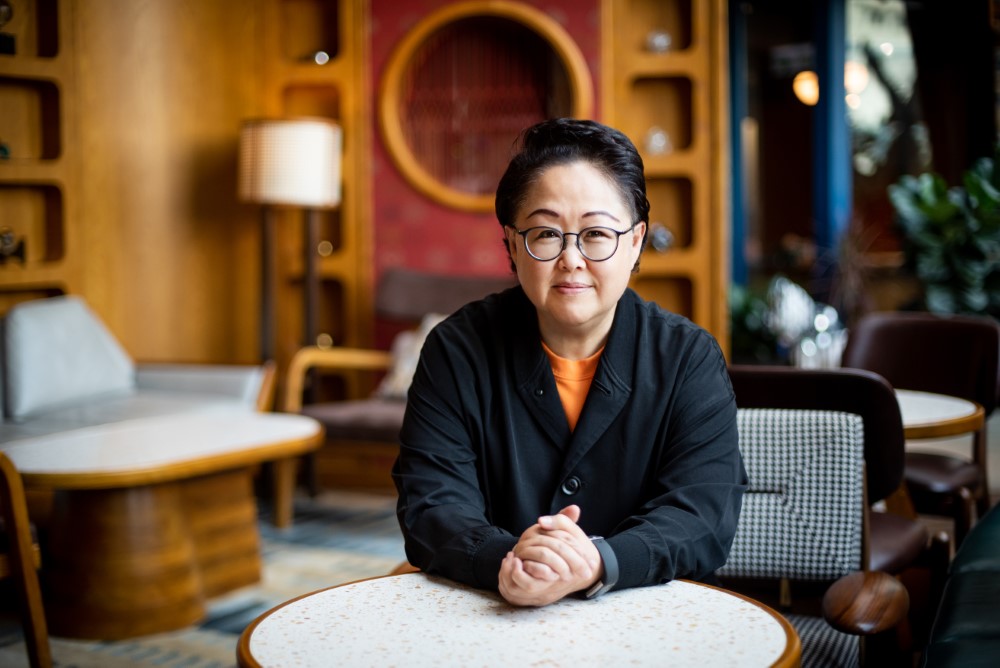Innovating Public Participation to Narrow The Gap between Government and Citizens
A situation in both local and international affairs is happening more and more often. It’s a scene that is played out across the world. Citizens are unhappy about a decision made by a government and thus resort to different forms of resistance. They number in the hundreds, thousands, and recently millions. What ensues, portrayed over traditional news channels and all over social media, is a showdown between different groups with different views on the issue.
Rarely do we see public dialogues that enable constructive discussions among diverse groups to reach a consensus. Even when there are consultations, or attempts to hear opposing voices, these efforts always end up being lip service only.
Sounds familiar?
It’s clear something is broken, but what is it? And how do we fix it?
One way to address this is creating solutions that can foster communication between the two sides.
Hierarchical v.s. Networked
Before we look into what some people are doing to bridge the gap, we must understand how the government and the, so called, network of citizens work.
Government
The government usually adopts a traditional management model with predictable paths of authority. There is a recognised leader at the top, and responsibilities are separated into departments, with the understanding that when each of these departments fulfills their duty, then you will have a well run establishment. The top is responsible for giving commands based on information given by its advisors, while those below will execute. All this is influenced by the scientific management principles devised in the early 20th century. In fact, when you think about it, almost all man-made organisational structures you’ve come across in life are operated this way.
Citizens
Vastly different from the government, the citizens who take part in different forms of resistance are often considered “leaderless, networked, and self organising” nowadays. That has shocked those who adhere to the traditional system–How is it possible to be a leaderless organisation? The people now have diminishing recognition for the traditional pathways of decision making, with one “leader” representing the entire network. This is the territory of the “digital native”, where information is shared instantaneously and there is no regard for boundaries of nation states, organisations, and authority. What’s also special about the citizens is the way they function. They function like an ecosystem–interconnected, complex, and resilient. It is hard to know how to communicate with such a network, because it appears to have no “leader”. A spider’s web is how it has often been described. Or perhaps it mimics the technology they use as its key form of communication–the internet. The internet also has no owner or leader, and there is a free flow of information.
While both sides have its advantages, they also share weaknesses. Primarily, the chance of being trapped in the echo chamber of its own network, not being able to see the whole picture, and thus reacting to situations based on limited or even false information.
New ways to reconnect
If we understand how differently the government and the network of citizens work, it then becomes clear that one of the key issues here is a breakdown in communication.
But how do we fix this? How do we reconnect the two spheres? It could be extremely daunting for an institution with clear lines of authority to strike a conversation with a self-organising and flexible network of people with no recognised individual leader.
Good news is, many people are already doing something about it. Here are just some of the examples of credible solutions aimed at bridging the gap.
Online Policy Making Collaboration
Taiwan’s digital transformation minister Audrey Tang started Join.gov.tw, a site for citizens to raise policy concerns in a transparent way. Those that reach a certain amount of ‘likes’ then get selected to be ‘workshopped’ with the aim of getting solutions to pilot. Think Design Thinking Hackathons amongst citizens, civil servants and related stakeholders, but with the understood aim that actionable prototypes will come out of it to be tested. A recent interview with Audrey Tang from the Economist highlights the strides the various approaches to participatory democracy that they are trying out.
Participatory Budgeting
Traditionally, budgets in a community are allocated by a small group of individuals to many people in a region based on things like surveys, consultations, and expert advisers. The issue with this is that it can be full of biased views, opinions, incomplete information, or simply things are just out of date. To make up for gaps in official knowledge, various countries including the US have been using The Participatory Budgeting process, which is made possible by the instantaneous communication that we have today. The Participatory Budgeting Project doesn’t only allow people to have a say in how public money is spent; it equips in particular the underprivileged with capacities to make such decisions and constantly looks to design solutions that can make such a deliberative process more effective. As a result, the project boosts political participation and more importantly, fosters tri-sector collaboration and build stronger communities
Reconstruction of Online Debate
It is no news that a lot of people now rely on social media to gather information. But instead of bringing people together, it often cements one’s own view on a certain matter and drives people with opposing views even further apart. This echo chamber is dangerous, as it doesn’t allow us to empathise or consider facts that might support an alternative view of events. Even when there are alternative voices, comments quickly become unconstructive and aggressive.
To tackle this issue, a young entrepreneur named Kal Turnbull created Change A View. It is a platform made for those who want a more comprehensive understanding of complex issues, and that allows users to debate based on facts. Change A View is aiming to change the way they use the internet in discussing issues that cannot be summed up in a sentence or a one minute video!.
It’s still early days, but it’s backed by a Google Tech incubator and it already has 5,000 members discussing various political and social topics. You can find out more in a BBC article here.
Public participation as catalyst
These are just some of the platforms that are being created to address this gap in communication between the government and the citizens. And, if we look carefully, public participation is at the core of these solutions. We believe communication between the two sides can only be made possible by giving the people power over public affairs. More of these participatory platforms need to be recognised as credible approaches to ideate, prototype, and test public projects and policies in the future.
With dwindling trust and a widening rift between the government and the people, Alexis de Tocqueville, one of the most renowned political scientists in the 19th century, had a tip for resolving that. He said there is a need “to adapt government to the needs of time and place; and to modify it as men and circumstances require”. A better form of governance requires visionary thinking that keeps up with time, and resilience to navigate tensions on multiple facets. And this can only happen when the government, which adopts a traditional hierarchy in decision making, is willing to drop its guards and listen to voices coming from the other side–that are often loud, diverse, yet scattered.
The broken social fabric we have in Hong Kong today takes time to heal, however. Our society is still reeling from one of the biggest political crises since Hong Kong’s transfer of sovereignty in 1997–it may indeed be a little too soon to be thinking about solutions already. But when the administration is ready to move on and begin the reconciliation process, innovative participatory processes will create room for meaningful, and productive dialogues between the government and Hongkongers.






















































